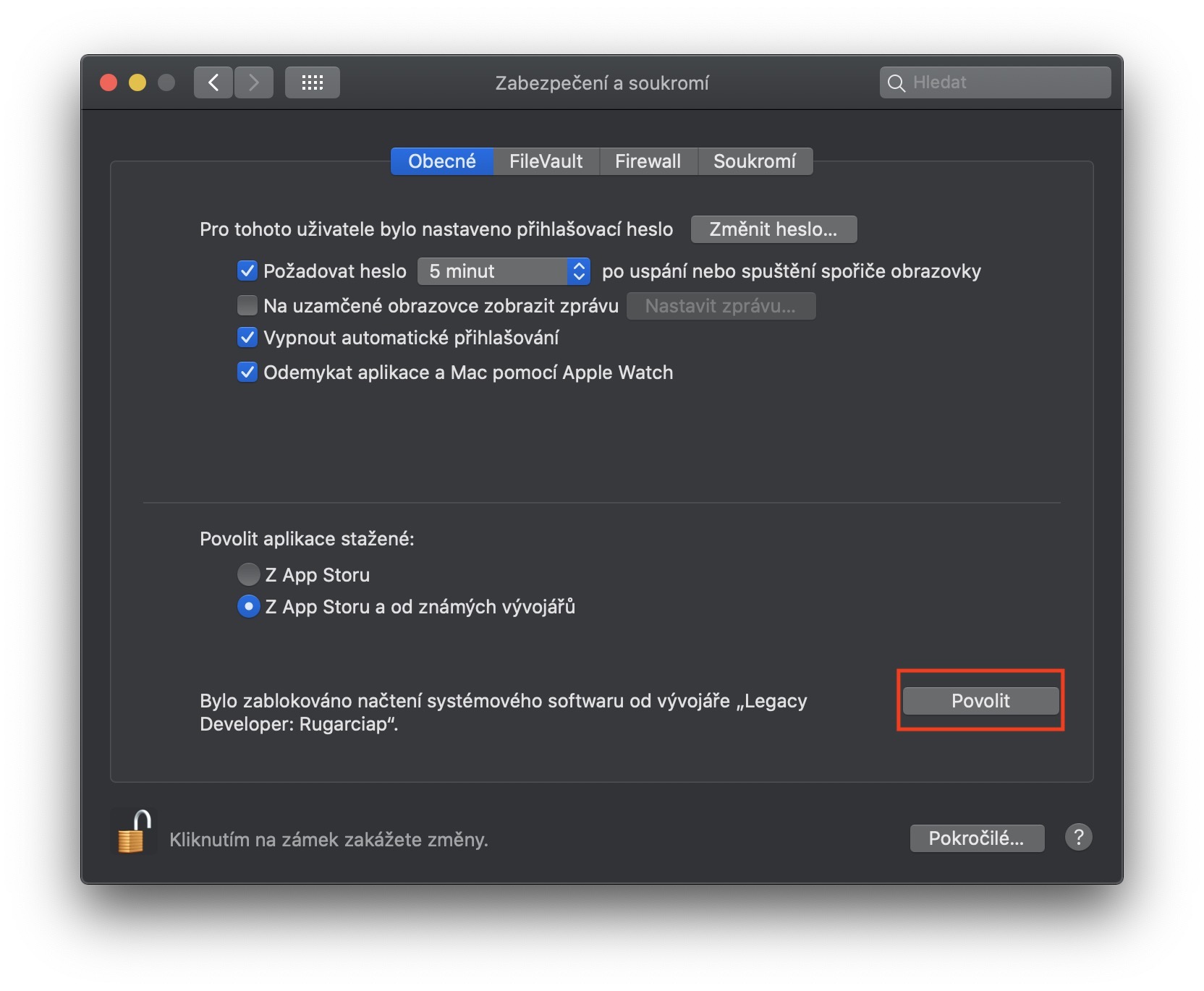
.jpg)
But as Marco Arment and Chance Miller pointed out last week, this feature seems to have missed the bigger opportunity on the other side of the coin: an iOS-style “Low-Power Mode” that would let MacBook users eke out longer battery life by tweaking settings, including disabling Turbo Boost on processors.

It seems to be a new setting that would decrease laptop battery life and increase fan noise in order to perform processor-intensive operations.įair enough. But I’ve been thinking about CPU a lot this week, after the 9to5Mac report that a “Pro Mode” may be coming to a future version of macOS. Second, you can activate any of these power-saving measures with a hot-key, so I often shut down the hard drive when it wasn’t doing anything because I enjoy working on a silent PowerBook… Finally, Connectix recognized that you use the PowerBook in different places, so you can create sets of settings.Ī lot of these features ended up in Mac OS, as they rightly should have, and CPU faded into oblivion. First, you can easily configure the times to spin down the hard drive, rest the processor, dim the backlighting, and put the PowerBook to sleep. As Adam Engst wrote 28 years ago(!):ĬPU’s most important features are its power saving features, and these abound. Third-party apps filled the gap, the most impressive of which was Connectix PowerBook Utilities (CPU).

Note: This story has not been updated since 2020.īack in the olden days of the early 1990s, the Mac’s built-in power-management software was not great.
#TURBO BOOST SWITCHER REVIEWS UPGRADE#
Clever, Powerful, Useful: Time to upgrade the Mac’s energy settings


 0 kommentar(er)
0 kommentar(er)
